Have you ever spent a lot of time outside in hot weather? Whether it is working or playing, having good times or toiling, spending time outside in the hot summer weather can be dangerous if you are not careful. Heatstroke is a serious issue that can be deadly if these signs are ignored or go unnoticed. There are some early warning indicators that signal heat exhaustion that if caught, can help warn of the danger of full on heatstroke and enable the proper actions to be taken.

These are all early warning indicators that can preclude heatstroke. If these symptoms are noticed, either by the sufferer or by someone else, heatstroke can be avoided by cooling the sufferer and by rehydrating them. Drink cool water if possible, and cool the body by going indoors into air conditioning if possible, if air conditioning is unavailable, the body can be helped to cool by running cool or cold water over the underside of the forearms, and on the top of the head and sides of the neck.
If symptoms persist or progress, medical attention will be necessary immediately. If the early warning signs progress into actual heatstroke symptoms, the sufferer could die. It is possible, however, for persons to develop heatstroke without having portrayed signs of heat exhaustion first.
Heatstroke symptoms
- High body temperature
- Absence of sweating
- Hot, red or flushed, dry skin
- Rapid pulse; difficulty breathing
- Strange or abnormal behavior
- Hallucinations; confusion
- Agitation
- Disorientation
- Seizure
- Coma
Persons at highest risk for heatstroke are infants and children, the elderly, athletes, and persons that work outside and must perform strenuous labor in the sun and heat of the summer. Maintaining proper hydration is the first defense in preventing heatstroke, but that alone is not enough.

Quick Treatment is key
Treatment of a heatstroke victim is important. If heatstroke was not caught in the early signs and treated, treat the victim in the same manner as a heat exhaustion victim. Try to get them indoors into air conditioning if at all possible. If air conditioning is not available, move them into a shaded area out of direct sunlight. If a spray bottle is available, open the shirt and mist the body. Creating a breeze if possible, by fanning them by hand or with paper or something similar, combined with the misting will help to cool the skin surface which will help to dissipate heat more rapidly.

This cooled blood will circulate through the body and help to bring the core temperature down. If the patient is in advanced heatstroke, call an ambulance or transport them to a hospital immediately, but continue to perform the cooling techniques until the ambulance arrives or until you arrive to the hospital.
The best method for treating heatstroke is to avoid it altogether. This is best done by limiting exposure to extreme heat. But if it is necessary to be exposed to this environment, take frequent breaks, drink plenty of water and never go it alone. If you have a heatstroke and are alone you are more likely to go into a coma and die, but if you have a partner you can keep an eye on one another to watch for the early warning signs.

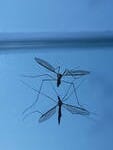

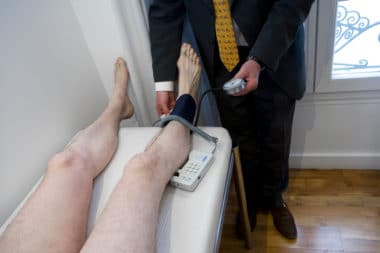
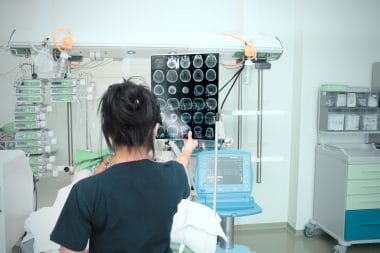
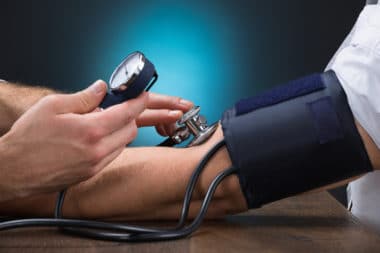
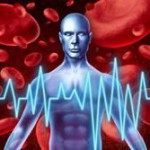
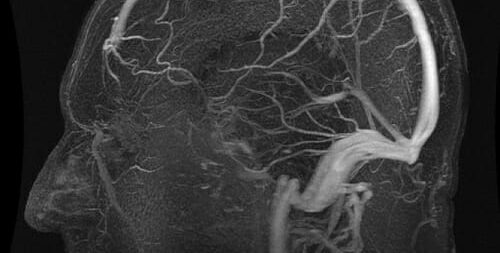
Reply